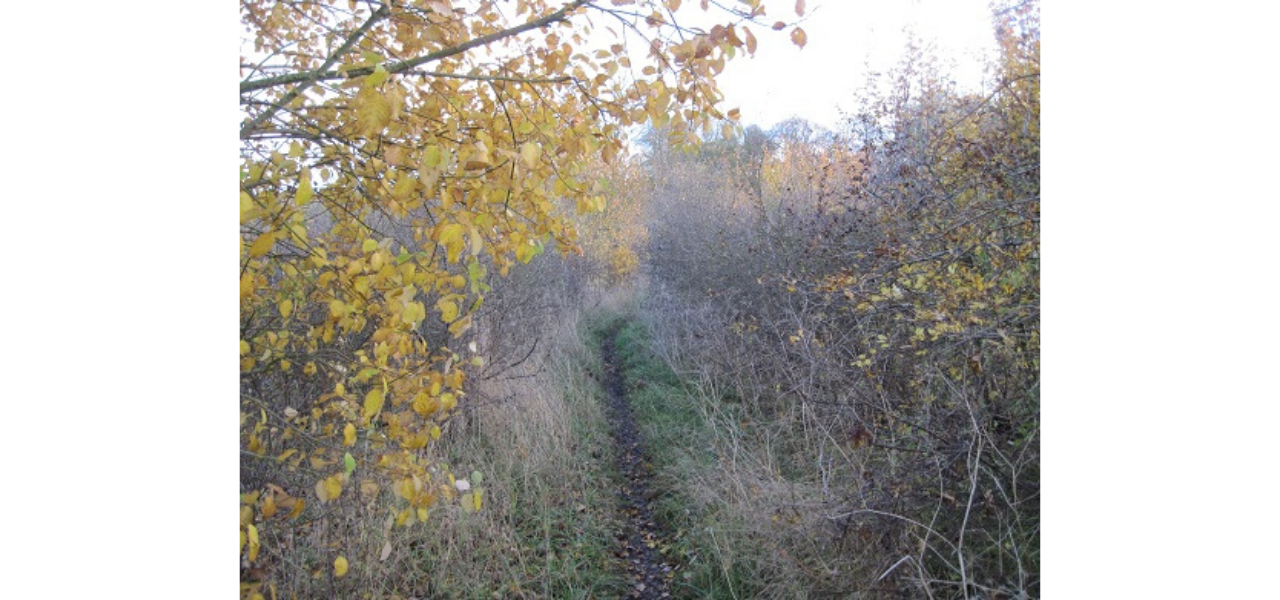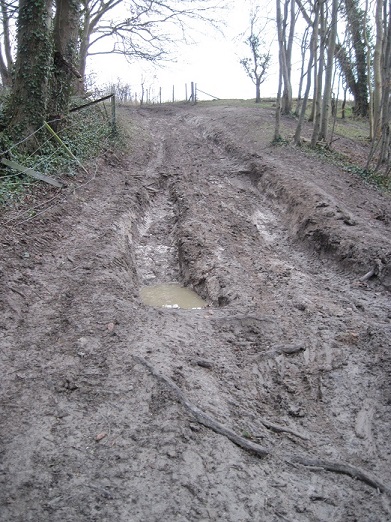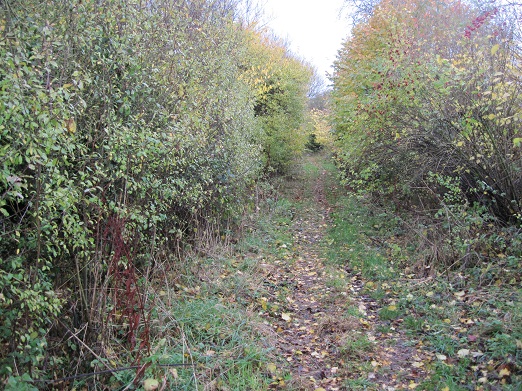The Wiltshire Rights of Way Network

An update on the maintenance of the Wiltshire Rights of Way network – what the Wiltshire Countryside Access Forum is doing.
Sadly the pictures above and below are all too representative of Byways, Bridleways and Footpaths all over the County.


The role of the Countryside Access Forum (CAF) which was established following the Natural Environment and Rural Communities (NERC) Act 2006, is to advise local authorities and other organisations with an interest in rights of way and access issues. Austerity within Wiltshire Council, Climate Change and the restructuring of the four District Councils into one Unitary Authority, have all had an adverse effect on the public rights of way network.
Maintaining the Rights of Way Network includes
a) Maintaining the Definitive Map and Statements
b) Maintaining the Surface of the Rights of Way
c ) Enforcement of Rights of Way Law
Background.
Wiltshire has approximately 3,758 miles of public rights of way with three Senior Rights of Way Wardens to cover 253 town and parish councils. The highest number comprises footpaths, followed by bridleways, then restricted Byways and finally Byways Open to All Traffic. Wiltshire has over five times the national average length of BOAT, which are the most expensive category to maintain.
Due to austerity Wiltshire Council has moved from periodic inspection and maintenance to a reactive maintenance policy.
Management and maintenance of public rights of way fall to four main groups: Wiltshire Council, the Parish Council, the landowner or occupier, and the public using the right of way.
Each group has responsibilities towards ensuring the rights of way are usable, safe, legal and enjoyable.
The duty to maintain the public rights of way network is shared between Wiltshire Council and the landowners/occupiers of the land over which the route exists. Unfortunately the attraction of Wiltshire’s Green Lanes/Byways to 4×4 recreational vehicles has created such extensive damage to surfaces that Wiltshire Council has a backlog which cannot be met with current staffing and funding levels. Similarly many bridleways and footpaths are suffering from overgrown hedges where the adjacent landowner has not kept them regularly cut or from soft surface damage due to inappropriate use by heavy agricultural machinery.
The Wiltshire CAF (Countryside Access Forum) is drawing up a position statement on Maintaining the Rights of Way Network which will make recommendations, including collaborative working, and hopes these will be accepted by Wiltshire Council.



